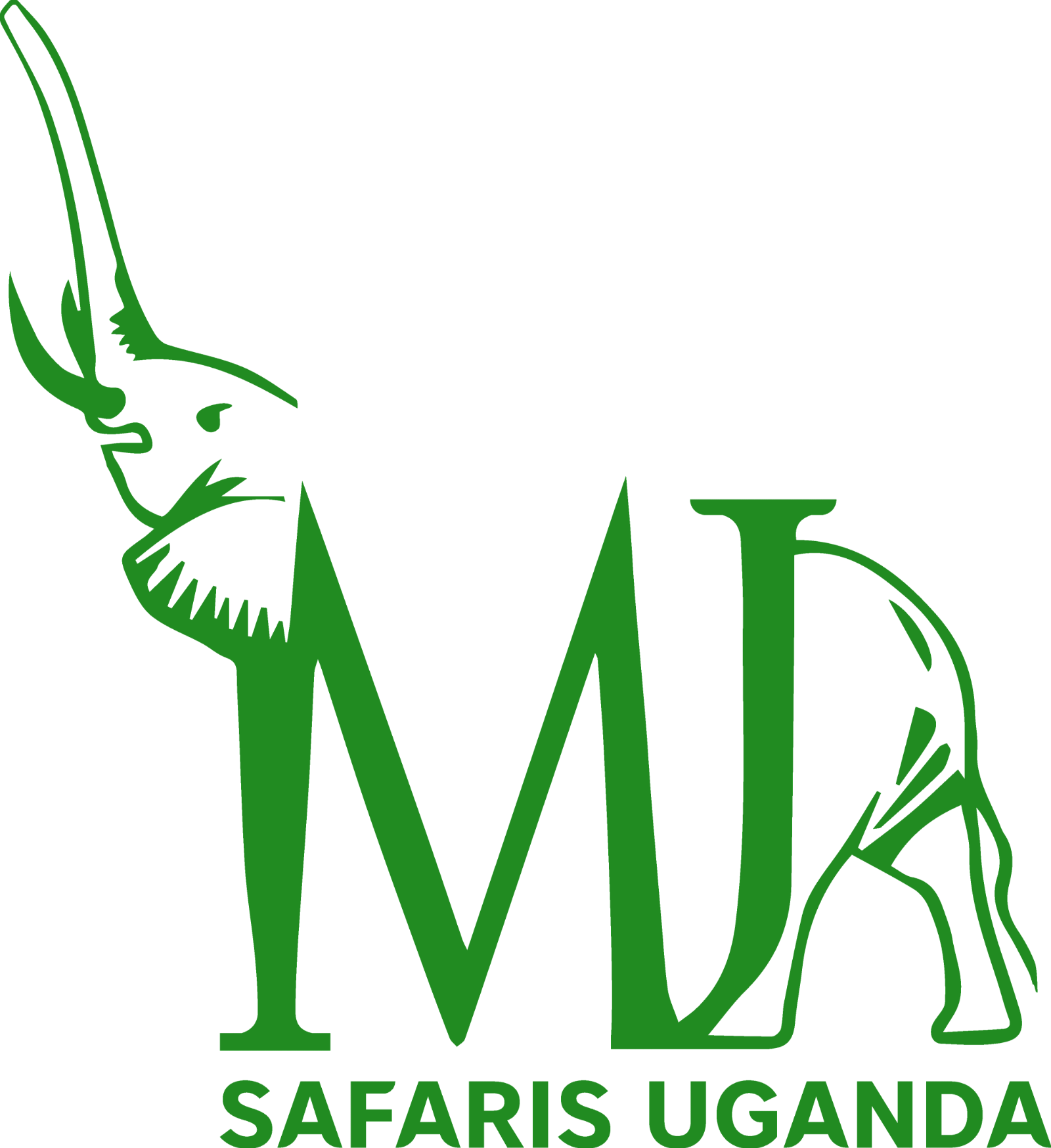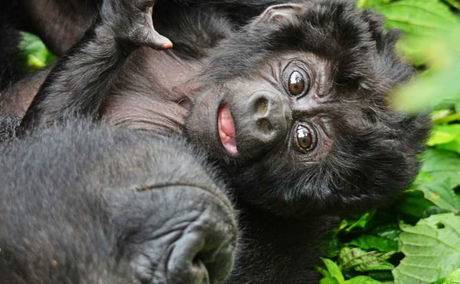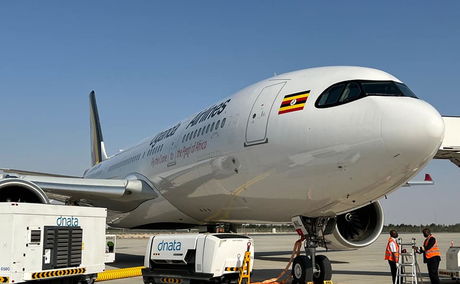The River Nile, the longest river in the world, offers a thrilling array of adventure activities, especially around Jinja, Uganda. One of the most popular activities is white water rafting, where adventurers can tackle some of the world’s finest Grade 5 rapids1. This exhilarating experience is perfect for both beginners and seasoned rafters, providing a mix of intense rapids and calmer stretches to enjoy the stunning scenery.
Lake Mburo National Park
Mburo National Park is the second smallest national game park and the nearest park to a town in Uganda. Named after the largest of a collection of five lakes it seats astride 370km squared close to Masaka and Mbarara owns. Minus the area covered by water, it remains with an area of 260km squared. In the waters are six species of fish dominated by Tilapia, Lungfish, Mudfish, and the Halochromic. Folks use hooks at the popular point for fishing called Mazinga.
The name Mburo has its roots from an Ankole legend involving two brothers called Kigarama and Mburo who used to live in the valley. While there, Kigarama had a dream and confided in his brother saying it was a warning from the gods about impending danger.
“We should move or risk our dear lives,” cautioned Kigarama.
But like fate would have it Mburo ignored him and stayed put as his brother moved house higher up a hill. So the Lake was thereafter called Mburo after the naughtier sibling who declined to leave while the hills became known as Kigarama.
Besides that, it is a cassia tree with aphrodisiac qualities. People residing in nearby communities peel off its bark and mix concoctions to boost their libidos.
When it comes to mammals one side of the park has woodland vegetation of acacia savannah punctuated with fast-footed antelopes. By the shores of the lakes are crocodiles, hippos, giraffes and water birds. Lucky guests often spot a sitatunga (antelopes) and papyrus gan Alex. But the place boasts a total of 68 different species of mammals.
A maiden trip to the park with professional birders from the USA, Australia, and the UK was an experience hard to delete from the mind. Birders are a complicated lot to go touring with because as the van gathers momentum one shouts “halt” a boat or vehicle. Binoculars, cameras and other gadgets are pulled out of bags.
“That is a rare white-winged warbler,” says the guide James Mwere for Mj safaris Uganda.
Still, in the same location, Peter Wanders with one eye closed whispers under his breath “I have a wood spotted Dove in my lens.”
In rapid succession comes an African grey hornbill, a black-billed barbet, a blue napped mousebird and a wood hoopoe. Later a Nubian woodpecker, the trilling Cisticola, and Crested Francolin follow suit. The place has a wealth of more than 320 different species of birds. Lucky guests have seen the most sought after Shoebill stork. For birders, the place to be is Miriti and Warukiri swampy valleys.
Come the Boat Ride in Mburo and eyes are treated to lots of swampy shores, rocky outcrops, bush thickets, lakes, acacia trees, hills in a distance and valleys here. UWA double-storied boats are comfortable and can shuttle 20-50 passengers. There are smaller vessels in place for individual or family use.
Invasive species of plants are also seen claiming huge chunks of the habitat in this era of climate change.
But for a conventional tourist, the list of attractions, this smallest park in Uganda is often herds of impalas, hyenas, jackals, zebras, antelopes and rejected buffalos either wallowing in muddy puddles or engaging the vehicle in a staring contest. In one corner antelopes cock their ears instinctively before taking to flight like an arrow released by a bow. The place is teeming with numerous antelopes species. There are elands, the biggest antelope on the Africa continent. Oral literature testifies that roan antelopes once roam the area but can only be talked about elders above 60 years of age. The menu now offers topi, bushbucks, common duiker, oribi, and klipspringer.
This is one park where tourists also enjoy nature walks under the guidance of a ranger to see the salt lick, Rwonyo spot, where different species of mammals congregate. While there a Cultural experience, thanks to efforts of the Uganda Community Tourism Association (UCOTA) in partnership with Uganda Wildlife Authority (UWA) where more than 13 community groups have been identified around to showcase culture, music, dance and drama of the Banyankole.
Guests can be taught how to herd cattle, milk the cow manually and mingle millet bread in the traditional style. Others get an opportunity to play traditional musical instruments or dance the energetic cultural dance.
The Okuhingira (traditional wedding) ceremony which dates as far back as oral literature can narrate. This is when a bride is officially given away by her family to her grooms. Gifts are ferried in traditional containers like gourds on sticks supported on shoulder blades. Such cultural wealth is available at Igongo Museum.
“Common on the treetops are vervet monkeys and olive baboons,” says Uganda Wildlife Authority seasoned administrator Johnson Masereka. “Every park in Uganda has it’s own: identity, appeal, and thrill. Here a day is not enough for you to digest the history of the tsetse flies and the sleeping sickness which was common in the 1960s.”
Accommodation
Lake Mburo National Park offers a variety of accommodation services comprising of the: Rwonyo Park headquarters with campsites and Bandas which a fit for budget tourists besides other Mid-range and luxury facilities and the high-end service providers either Rwakobo lodge, Mantana tented camp, Mburo safari camp, Arcadia lodge Mburo, Eagles nest lodge, Leopard Rest Camp or Mihingo Lodge for luxury. Igongo Museum offers accommodation besides enriching guests with literature and visual art of where Ankole was in the centuries that have flown by.
Affordable Safaris and Tours to Lake Mburo National Park
For budget safaris and tours to lake Mburo national park Mj Safaris Uganda is the best choice for you and anyone planning a trip in Uganda. Mj Safaris Uganda organizes group tours and private tours to Lake Mburo national park and other national parks in Uganda like Queen Elizabeth, Murchison Falls, Bwindi Impenetrable forest and Kidepo valley national park.
Getting To Lake Mburo National Park
Mburo National is located 25km away from Mbarara City via Sanga gate or through another gate 13km from Lyantonde town. For tourists coming from Kampala City, the best is a turn off at a 50km marker. There are Bodabodas and Special hire taxis that ply the route at affordable fares.
Ask if booked in a lodge in Lyatonde or Mbarara why management dresses the mattresses on the beds in waterproof covers and the waiters will tell you the details. After a tour of Mburo National Park, the vacation could be crowned by sampling the vibrant Mbarara nightlife where Discotheques, pubs, and restaurants filled to capacity until the wee hours of the night. All races of beer, spirits, and soft drinks are available. The cuisines served comprise continental ones that are in stiff competition with the local ones like steamed: bananas and beef or chicken. Millet bread with groundnut stew and smoked beef makes many people break their fast.
Further Reading
There has been an ongoing debate for years on which is the best time to trek gorillas or track gorillas in Uganda and Rwanda. Several arguments and opinions have been voiced in different avenues including online forums such as TripAdvisor and Lonely Planet among others. The fact is that gorillas in Uganda and Rwanda can be tracked throughout the year and clients almost get the same satisfaction. This is because clients tend...
Uganda Airlines has announced a new route to Gatwick London, starting in October 2024. The airline will operate three flights per week on this route, using Airbus A330-800neo aircraft. This new route will be a welcome addition for travelers between Uganda and the United Kingdom. It will provide more options for travelers, and it will also help to boost tourism in both countries.








Share This Post